Kobuk Valley National Park
Nestled in the heart of northwestern Alaska, Kobuk Valley National Park is a breathtaking expanse of untamed wilderness, renowned for its dramatic landscape, unique ecological diversity, and cultural significance. Established in 1980, the park protects over 1.7 million acres of pristine arctic tundra, boreal forests, and the mighty Kobuk River, a vibrant artery that carves its way through the rugged terrain.
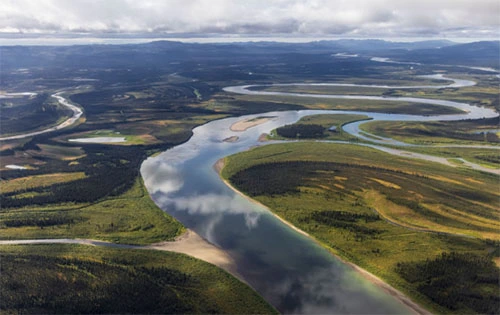
Kobuk Valley National Park Overview
Kobuk Valley National Park safeguards various significant natural features, such as the central part of the Kobuk River, the 25-square-mile Great Kobuk Sand Dunes, and the Little Kobuk and Hunt River dunes.
The sand in the Kobuk Valley was formed by ancient glaciers and transported to the area by wind and water. The dunes now cover a large portion of the southern Kobuk Valley, where vegetation naturally stabilizes them. River bluffs made of sand, reaching heights of up to 150 feet, contain fossils of Ice Age animals.
Twice a year, almost half a million caribou pass through the park – heading north in the spring and south in the fall. Their tracks weave across the 25 square miles of the Great Kobuk Sand Dunes. These towering dunes resemble a desert oasis amidst a landscape of marshes. The Kobuk River flows approximately 61 miles through the park’s northern side, serving as a route for both humans and wildlife.
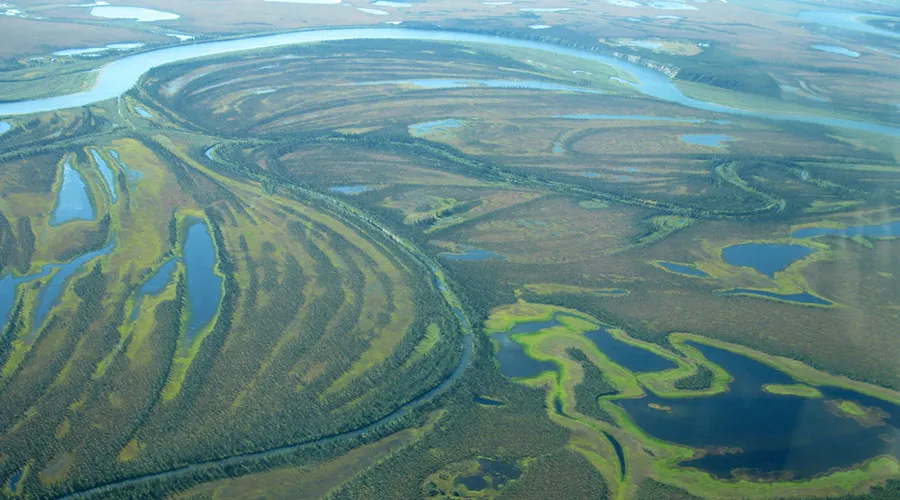
Things to do in Kobuk Valley National Park
Kobuk Valley National Park does not have modern amenities, but its vast 1,795,280 acres of secluded wilderness offer ample space for outdoor activities.
Boating
Floating down the Kobuk River is a fantastic way to explore the park. Around 61 miles of the 350-mile river pass through the park, making it an ideal route for collapsible canoes, kayaks, or small rafts due to the slow water flow.
The river has a gentle slope and moves slowly. While there are no official flow rate estimates, it typically takes 5-7 days to travel from Ambler to Kiana. It’s important to note that the 8-mile stretch below Walker Lake has dangerous rapids, so most people avoid navigating it by raft. Be prepared to scout ahead, line, or portage through this section. Traveling at a speed of 20 miles per day is considered a long journey, but if boaters maintain this pace, they can reach the park in approximately 10 days.
For those seeking another floating adventure, the Salmon River, designated as wild and scenic, joins the Kobuk River after flowing about 70 miles from the Baird Mountains.
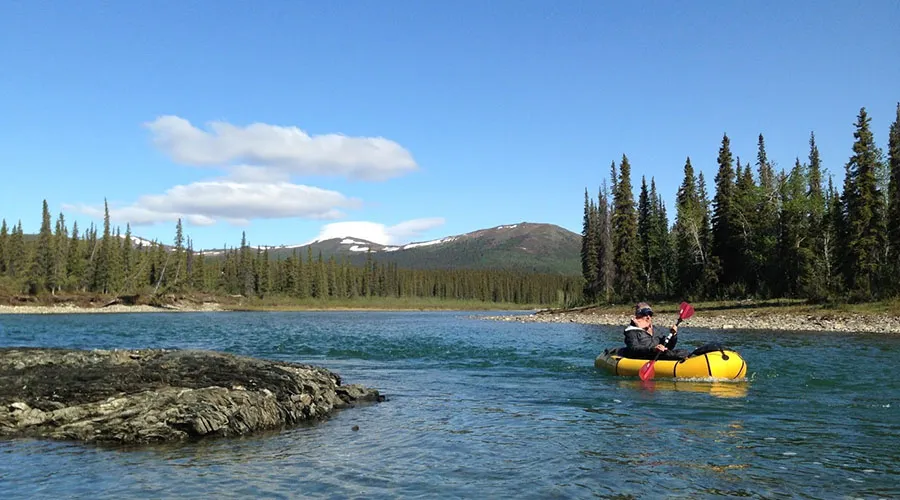
Backpacking
Exploring the remote areas of Kobuk Valley National Park while camping offers a unique and immersive experience. Travelers can trek through the vast tundra, scale the peaks of the Baird Mountains, or stroll along the sandy terrain of the Great Kobuk Sand Dunes.
Hiking in the mountains is more convenient due to the drier and firmer ground. If landing high in the mountains is not possible, consider discussing alternative landing spots with your pilot, such as lower elevations or the river, followed by a hike up to the ridges. The mountains are far from the valley, so reaching them from the river involves traversing tundra and occasional forested areas.
Embarking on a backcountry camping adventure is an excellent way to witness the diverse wildlife that inhabits the park. Grizzly bears, caribou, moose, and bald eagles are just some of the majestic creatures that visitors may encounter during their trip.

Flightseeing
The vast expanse of the country can be best appreciated by the sky, which is especially beneficial if you lack the time or expertise for a long backcountry journey. Licensed charter companies in Kotzebue or Bettles offer aerial tours of the park, with planes accommodating up to four passengers and available for hourly or daily charters.
You have the opportunity to witness the magnificence of Kobuk Valley National Park from above, and if desired, the pilot can land the plane for you to explore on foot. One of my favorite destinations is a day trip to the Great Kobuk Sand Dunes.
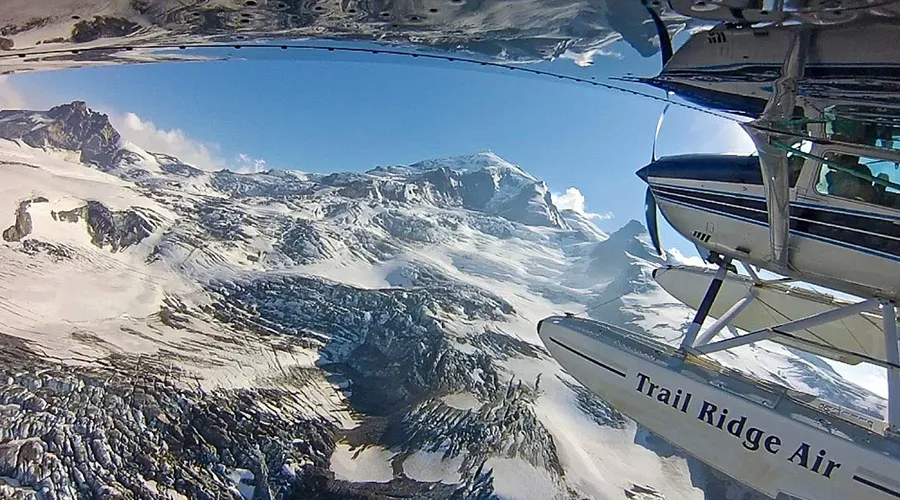
Fishing
Sheefish, salmon, grayling, pike, and Dolly Varden found in the rivers are both great for catching and eating. It is advised to give local subsistence users fishing with set nets plenty of space so they can carry out their important harvesting activities. Due to its remote location, there is limited information published about fishing or river conditions in this area.
Visitors often come to this area because they are left to fend for themselves in most situations. Sheefish are typically more abundant in the autumn, while grayling and pike can be caught throughout the year. During the fall, there should be a significant chum salmon run and a smaller pink salmon run in the river.
Salmon tend to spawn more in the tributaries north of the Kobuk River, whereas sheefish and other whitefish spawn more in the southern tributaries. The Pah, Black, and Pick rivers are known for good sheefish fishing. Anglers must possess a fishing license and adhere to Alaska state fishing regulations.
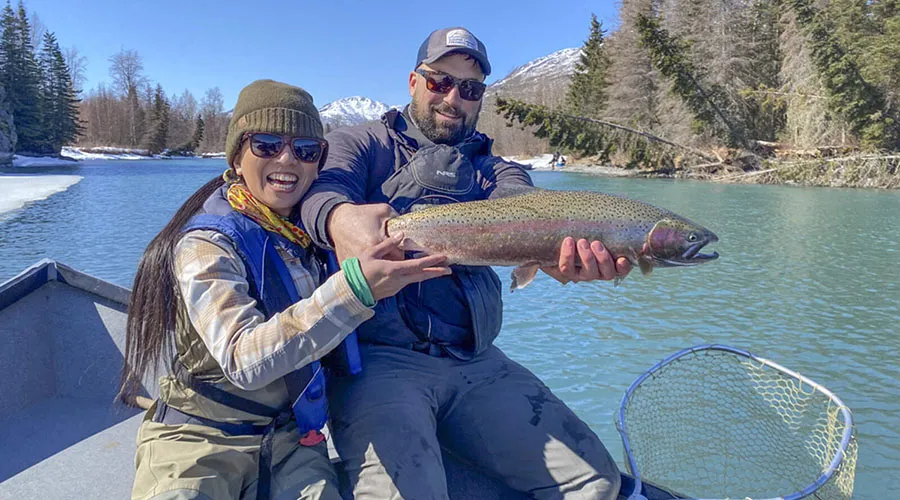
Skiing in Winter
Kobuk Valley National Park is a great location to witness the mesmerizing aurora borealis in winter. It is also a well-known destination for various winter activities like snowmobiling, skiing, and dog mushing. However, it is important to note that engaging in these activities requires proper equipment and extensive experience in Arctic survival skills to ensure safety.

Ranger Stations and Visitor Centers
To enhance their experience and deepen their understanding of the park, visitors can explore the various ranger stations and visitor centers located throughout Kobuk Valley National Park. These facilities offer educational exhibits, ranger-led programs, and valuable resources for planning and navigating the park.
Kobuk Valley National Park Visitor Center
Onion Portage Ranger Station
Salmon River Ranger Station
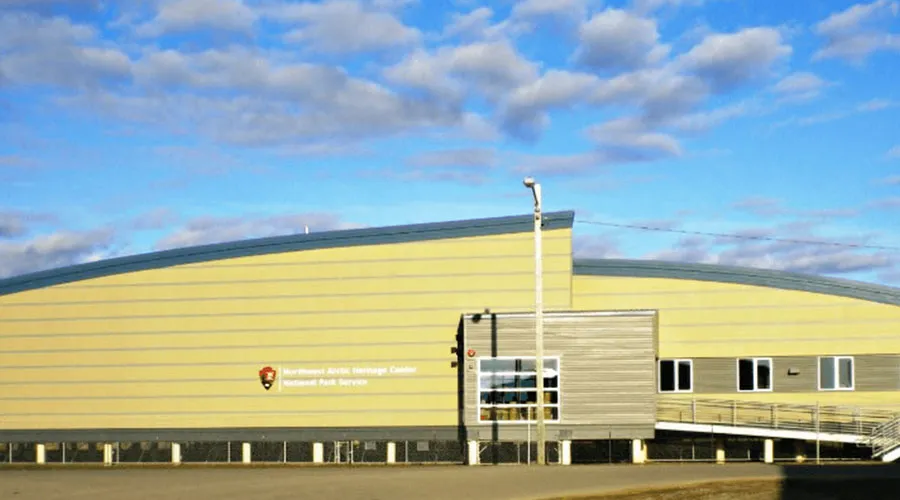
Places to Stay in Kobuk Valley National Park
Even though Kobuk Valley National Park is remote and lacks many accommodation options, visitors still have suitable choices to meet their needs. Despite the park’s isolated location, there are still lodging options available for tourists.
Camping
Camping in Kobuk Valley National Park offers a rare and unforgettable opportunity. The park is remote, with no roads, paths, or indications of human presence, making it a one-of-a-kind wilderness adventure that is unparalleled elsewhere on the planet.
Kobuk Valley National Park is a remote area without roads, trails, specific distances, or detailed maps. Campsites are not assigned, so visitors have to pick their own spot to set up camp.
In this bear habitat, campers must keep their food stored safely away from animals. The Northwest Arctic Heritage Center in Kotzebue offers animal-proof containers for borrowing. Individual travelers do not need permits, but organized groups must obtain one from the Chief Ranger.

Hotel and Resort
Kobuk Valley National Park in Alaska is an incredibly remote and pristine area, making lodging options within the park itself non-existent. However, the nearby town of Kotzebue serves as the primary base for visitors. Here are some options and tips for accommodation near Kobuk Valley National Park:
Nullagvik Hotel (2-Star)
The Nullagvik Hotel provides a unique experience for travelers, situated 26 miles north of the Arctic Circle. It is not just a place to stay but also a space for contemplation, relaxation, socializing, and dining. The hotel has been a popular gathering spot in Kotzebue, a bustling center in Northwestern Alaska. Along with 71 guest rooms and 7 suites, it offers amenities like a meeting room, an observation area with views of the Sound, a gym, and a restaurant serving delicious meals with stunning vistas. Guests can also take part in a city tour that goes beyond sightseeing, providing insights into the history, culture, and lifestyle of the Inupiaq people through visits to local landmarks.
- Address: 306 Shore Avenue PO Box 336, Kotzebue, AK 99752
- Price Range: From $200/night depending on the season and demand

Bibber’s B&B
Bibber’s B&B in Kotzebue is a great option for travelers, providing a welcoming atmosphere and useful facilities to make your stay better. Guests can enjoy complimentary wifi and rooms equipped with a kitchenette at Bibber’s B&B. Don’t miss the chance to visit Sulianich Art Center (0.2 mi) during your stay, as it is a well-liked nearby attraction from the bed and breakfast.
- Address: 398 Lagoon St, Kotzebue, AK
- Price Range: From $130/night depending on the season and demand

Dining
Kobuk Valley National Park itself doesn’t have dining facilities. Just like with lodging, tourists can only find restaurants in the town of Kotzebue.
Little Louie’s
A casual dining spot in Kotzebue, known for its variety of dishes including pizzas, burritos, and local favorites like reindeer sausage. Little Louie’s has garnered positive reviews for its hearty food and friendly atmosphere.
- Address: 388 3rd Ave, Kotzebue, AK
- Open time: 9:30 – 22:30
- Prices range: $10 – $20
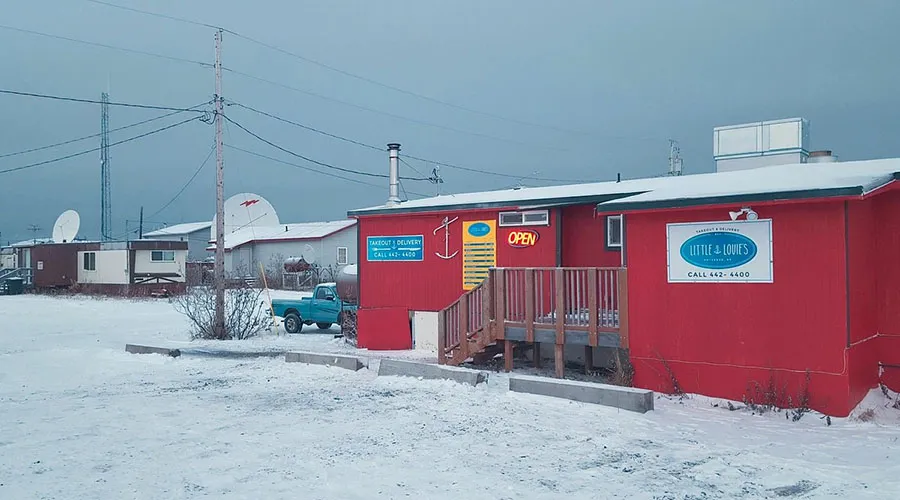
Nullagvik Restaurant
Located in the Nullaġvik Hotel, this restaurant offers a range of American-style dishes and local Iñupiat specialties such as reindeer stew and grilled Alaska salmon. It’s a good spot for both lunch and dinner with options for take-out as well.
Address: 301 Shore Avenue, Kotzebue, AK 99752
Open time:
6:30 – 9:30
11:00 – 14:00
17:00 – 21:00
Prices range: $15 – $30
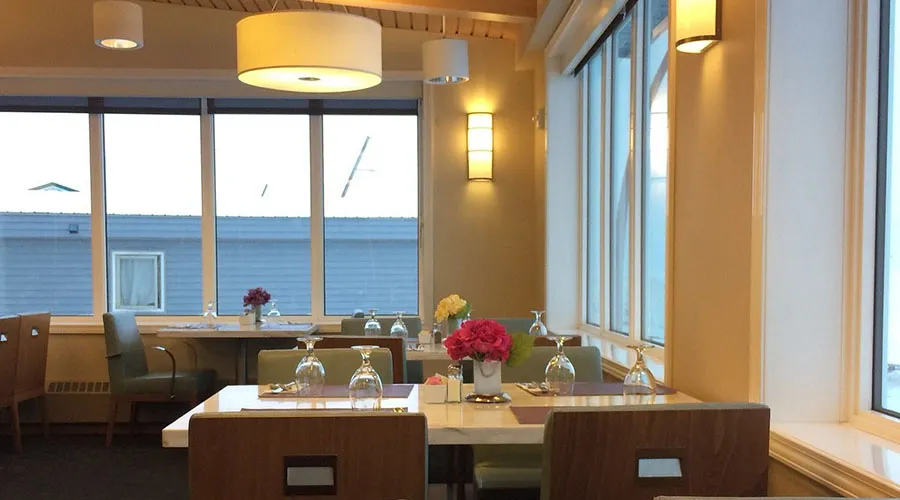
Planning Your Trip to Kobuk Valley National Park
Visiting Kobuk Valley National Park requires careful planning and preparation, as the park’s remote location and harsh environmental conditions demand a high level of self-sufficiency and adaptability.
Visiting Time
The best time to visit Kobuk Valley National Park is during the summer months, from late June to early September. During this period, the weather is milder and more accessible for outdoor activities such as hiking, river rafting, and exploring the Great Kobuk Sand Dunes. The days are long, and temperatures are relatively warm, making it ideal for experiencing the park’s natural beauty and wildlife. However, it’s essential to prepare for the possibility of mosquitoes and variable weather conditions.
Spring in Kobuk Valley National Park
Summer in Kobuk Valley National Park
Autumn in Kobuk Valley National Park
Winter in Kobuk Valley National Park
Transportation
Reaching Kobuk Valley National Park can be a logistical challenge, as the park is only accessible by air or water. Visitors can fly into nearby airports, such as Kotzebue or Ambler, and then arrange for transportation to the park’s various access points. Alternatively, visitors can access the park by boat, navigating the Kobuk River and its tributaries.
Kobuk Valley National Park Map
Conclusion
Kobuk Valley National Park is a truly remarkable and awe-inspiring destination, a place where the raw power of the natural world collides with the enduring legacy of the Iñupiat people. Whether you’re a seasoned outdoor enthusiast or a first-time visitor, Kobuk Valley National Park is sure to leave a lasting impression, a testament to the enduring beauty and resilience of this remarkable corner of the Alaskan wilderness.
Kobuk Valley National Park Photos
Q&A for Kobuk Valley National Park
Kobuk Valley National Park covers over 1.7 million acres of pristine Alaskan wilderness.
The Kobuk River is the main waterway that flows through the heart of the park.
The park is home to a diverse range of ecosystems, including Arctic tundra, boreal forests, and the Kobuk River and its tributaries.
The Iñupiat people have inhabited the Kobuk Valley region for millennia, and their cultural heritage is deeply intertwined with the land.
Popular activities include boating, backpacking, flightseeing, fishing, and winter sports like cross-country skiing and snowshoeing.
The park is only accessible by air or water, with visitors flying into nearby airports and then arranging transportation to the park’s access points.
The summer months, from June to August, offer the most favorable weather conditions and the greatest diversity of activities, while the winter months present unique opportunities for winter sports and aurora borealis viewing.
Yes, the park has several ranger stations and visitor centers that provide educational exhibits, ranger-led programs, and valuable resources for planning and navigating the park.
Yes, the Bering Land Bridge National Preserve, located adjacent to Kobuk Valley National Park, offers additional opportunities for exploration and discovery.
Visitors can choose from a range of accommodations, including backcountry camping, designated campgrounds, and limited hotel and resort options in nearby communities.
